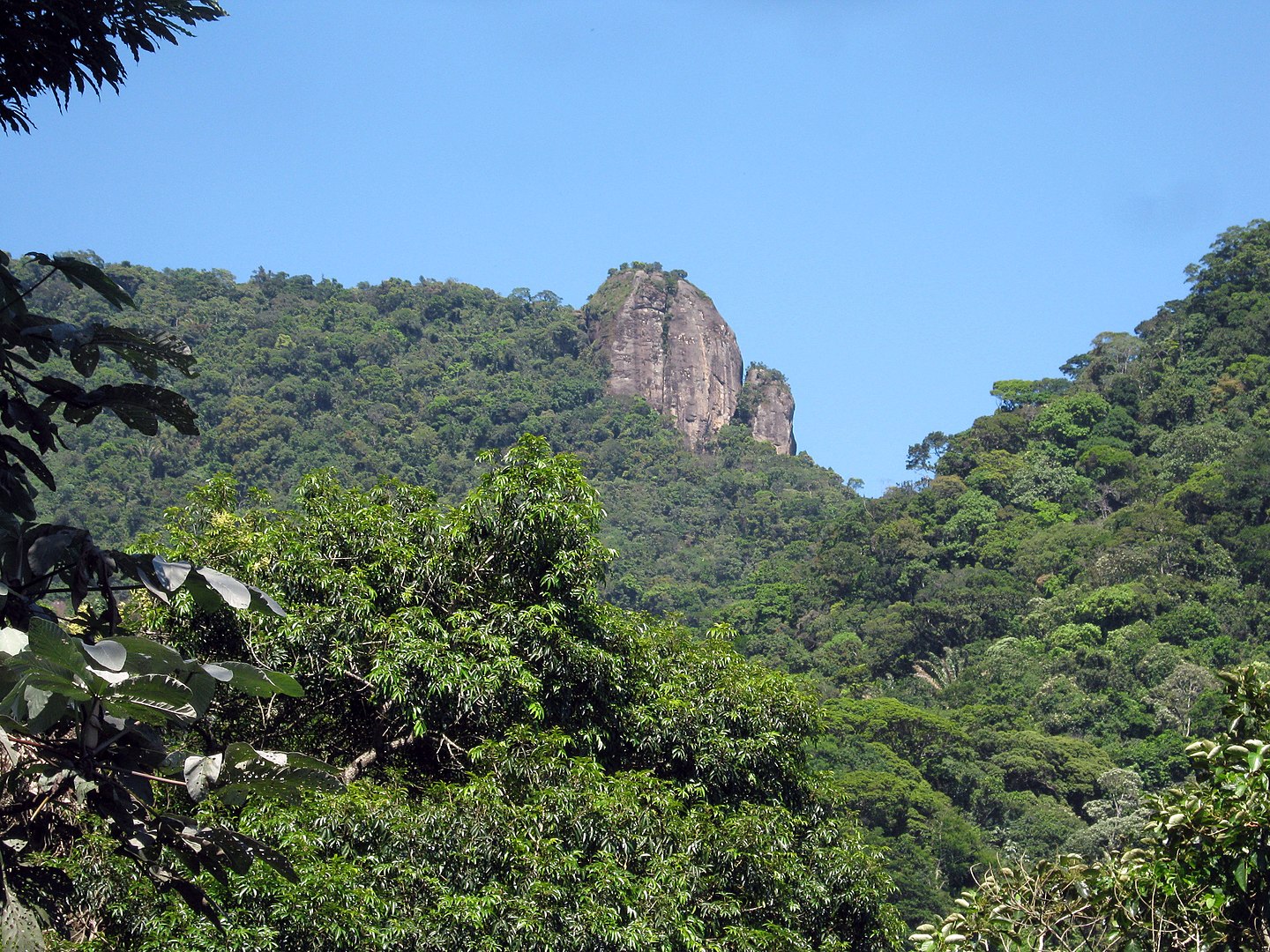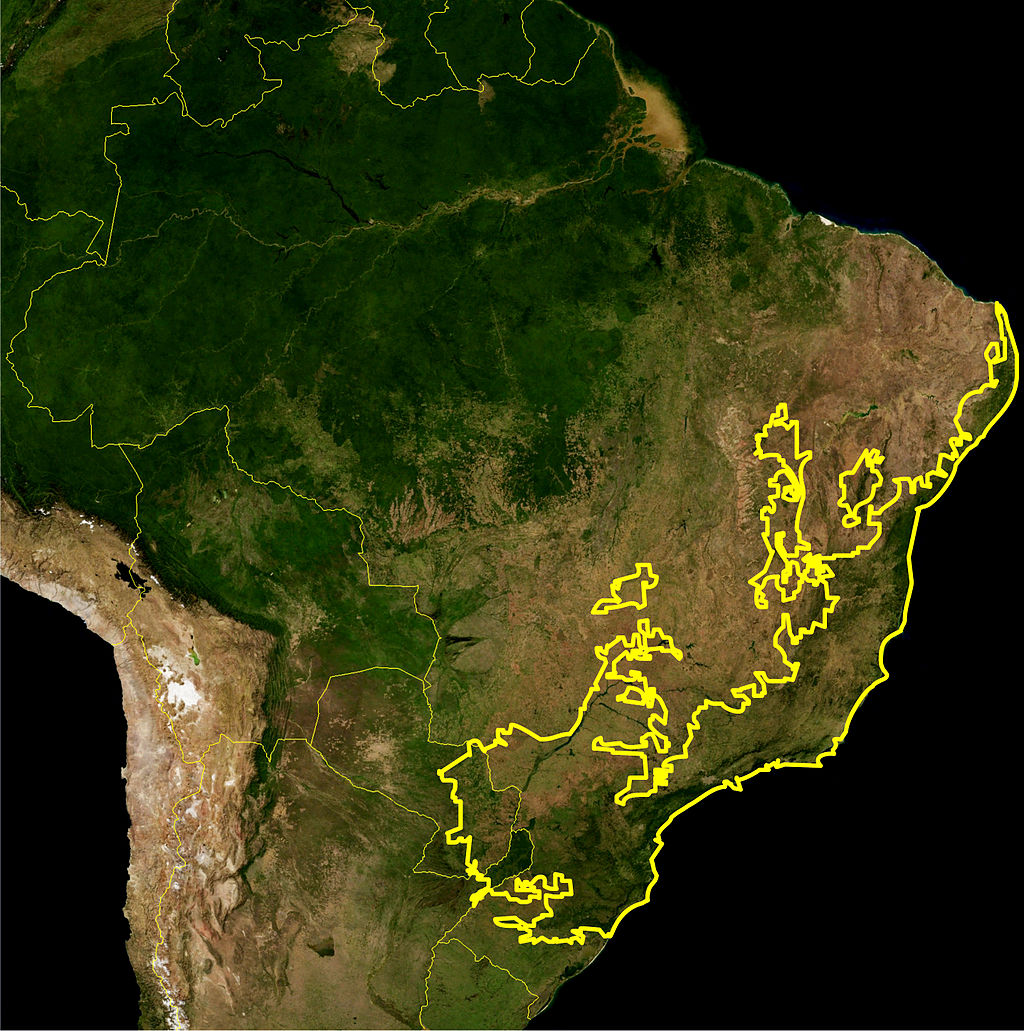The Science Emerging practice, proven science
Reforesting the Mata Atlantica isn't just a theory – there are now many examples of projects that have successfully replaced degraded land with pristine natural rainforest. Some of these case studies date back 160 years, when Dom Pedro replanted the Tijuca rainforest around Rio de Janeiro (that had been stripped to make way for coffee plantations) to protect the city’s water supply. Tijuca forest remains a mature and protected space to this day.

The official Atlantic Forest area in Brazil is roughly twice the size of France and about the same size as South Africa. Various studies have identified around 15- 17 million hectares with high potential for reforestation; that's bigger than Greece and more than twice the size of Ireland.
The Atlantic Forest biome extends through Brazil into Argentina, and Uruguay.
In the past two decades, there has been an increase in academic research into, and understanding of, the underlying science of reforestation projects. We now have a wealth of scientific research into the ecological impact of reforestation, on how to optimise these projects for natural flora and fauna and on the carbon sequestration performance they deliver.

Whilst the amount varies between eight and twenty tonnes of CO2 equivalent per Hectare (Ha) per year (a) due to the specifics of the sites and tree species used, on average, Brazilian reforestation projects in this biome store around 12 tonnes of C02 equivalent per hectare per year over the first 30 years (12T/Ha/a).
TBN has written its own White Paper, which adds to the growing number of scientific studies into the biome that essentially say the same thing: reforestation is the most efficient form of carbon sequestration technology in the world, and the Atlantic Rainforest is one of the best areas on the globe to deliver reforestation projects that meet the requirements that carbon offsetting projects are Verifiable and additional [ie, certified projects must achieve and prove that their reductions in emissions are additional to any that would occur without the project].
The Reforestation/Carbon Sequestration industry is booming and the field is quickly growing and developing with aiming for better transparency and standards for what is calculated to become a $50 billion industry by 2030.
Mark Carney of the Taskforce on Scaling Voluntary Carbon Markets believes the industry needs to grow 160x from its current size if companies are going to be able to deliver on the Paris Agreement, and he expects the size to be double that projected by the Taskforce’s more conservative estimates.
TBN provides full service project management: from identifying potential sites, to analysing soil quality, water access and the proposed growth of the local tree species, to dealing with the legal issues surrounding procurement, through to the reforestation project and working local communities to provide employment and suitable access to restored land, as well as liaising with the third party auditors who issue the offsetting credits.